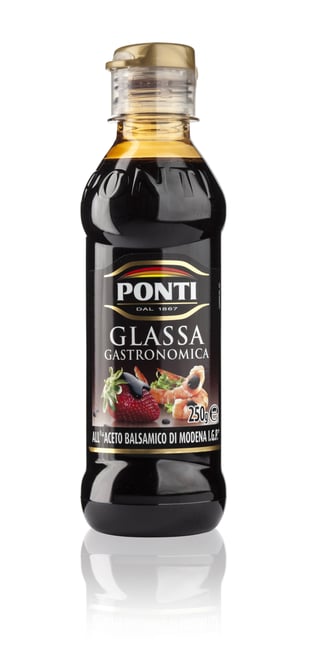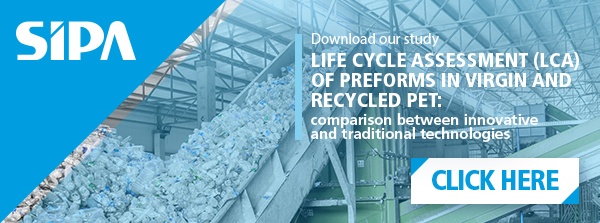
The market, over the last few years, has seen the spread of numerous condiments that meet the tastes of consumers, while offering new flavors.
Glazes are certainly among these products, including that of balsamic vinegar, introduced on the market by numerous manufacturers who, starting from the classic product, are riding on the success of this variant.
From balsamic vinegar to balsamic cream to additional glazes
Regarding this type of product it should be remembered that there are traditional balsamic vinegars, closely linked to Made in Italy, protected by the DOP brand; they are that of Modena and Reggio Emilia.
These high quality products are made starting from the cooked must of Trebbiano and Lambrusco grapes. The must is fermented, oxidized and aged; the long aging period, which occurs in small wooden barrels, can last from 12 to over 25 years.
Unlike balsamic vinegar, the glaze or cream of balsamic vinegar is made through the slow cooking of the original product, adding flour, sugar, butter and glucose that gives shine to the cream.
The glaze is brown in color, resembling in this the original balsamic vinegar, but the consistency is decidedly more full-bodied, in addition to the sweeter taste due to the presence of sugar (mainly cane).
The use in the kitchen of balsamic vinegar glaze
The cream or glaze of balsamic vinegar is able to adapt to foods that go well with traditional balsamic vinegar, therefore cheeses, vegetables, grilled meat, risottos, as well as already sweet foods such as fruit, especially strawberries, fruit salad and ice cream.
This is because the organoleptic characteristics of the two products, although not exactly coincident, are very similar.
The other glazes
In addition to balsamic vinegar glaze or cream, several manufacturers have launched on the market similar products: glazes capable of enriching ready meals with flavor.
We therefore find the lemon, apple or soy glaze, the latter of Asian derivation for fusion combinations.

The ideal containers for seasoning creams and glazes: HDPE to PET
Initially the containers for balsamic vinegar glaze and other glazes were made of HDPE. A solution certainly safe but with several limitations.
HDPE is not transparent, so it does not allow the customer to glimpse the product in any way, not to mention that the HDPE packaging is opaque and with few possibilities for customization in a marketing key.
The further limit, even more consistent, in relation to the type of product we are considering, is its rigidity: the mechanical characteristics of this plastic do not ease the pouring of creams and glazes.
PET food packaging for glazes
The most effective answer is given by PET containers specifically designed for this type of product. The technology allows the use of PET for packaging, taking advantage of the intrinsic characteristics of the material.
Let's talk first of all about a squeezable packaging, which allows you to use the product in a practical and careful way, in combination with other key points such as transparency and lightness. A sort of positive revolution for all glazes.





